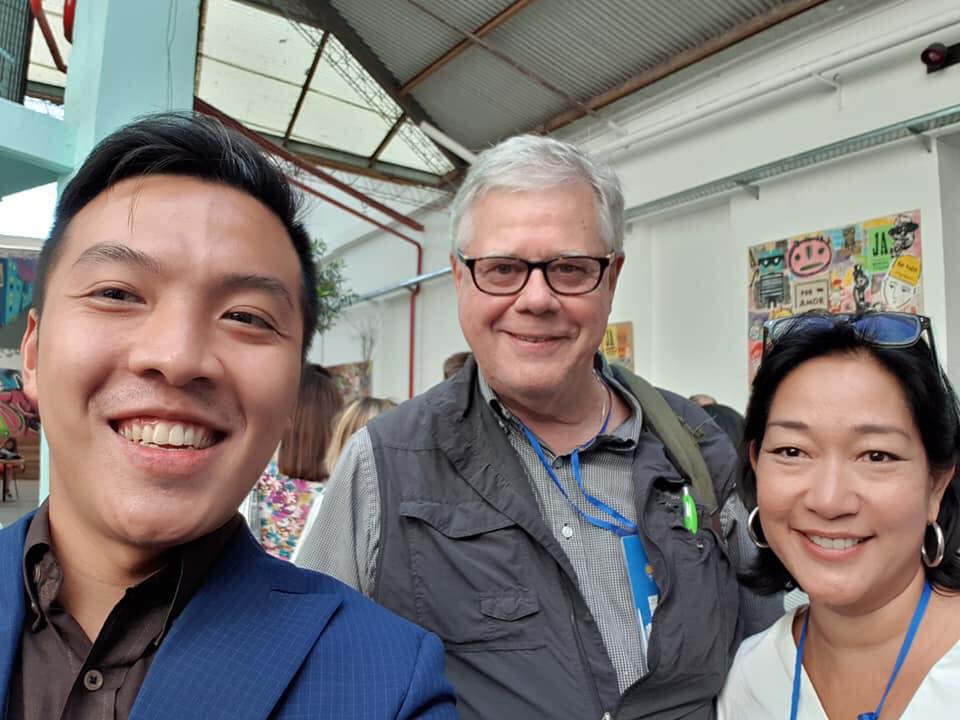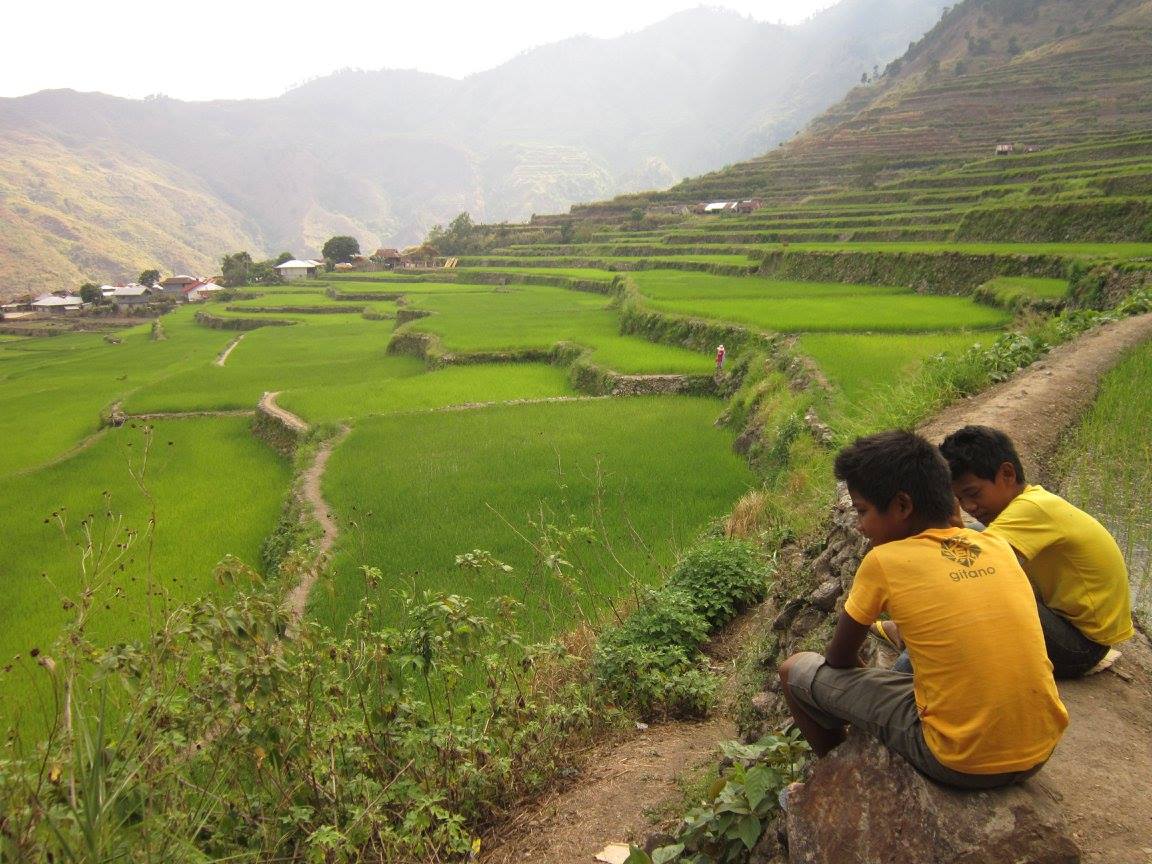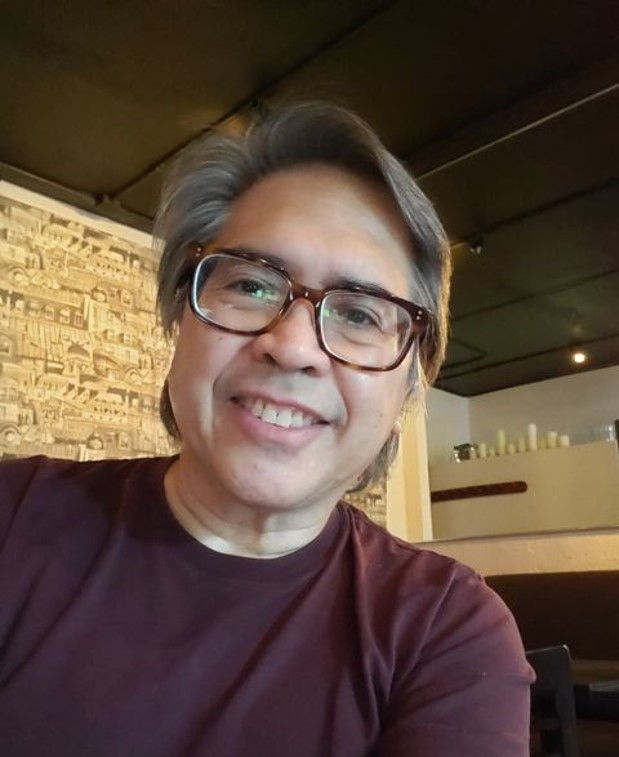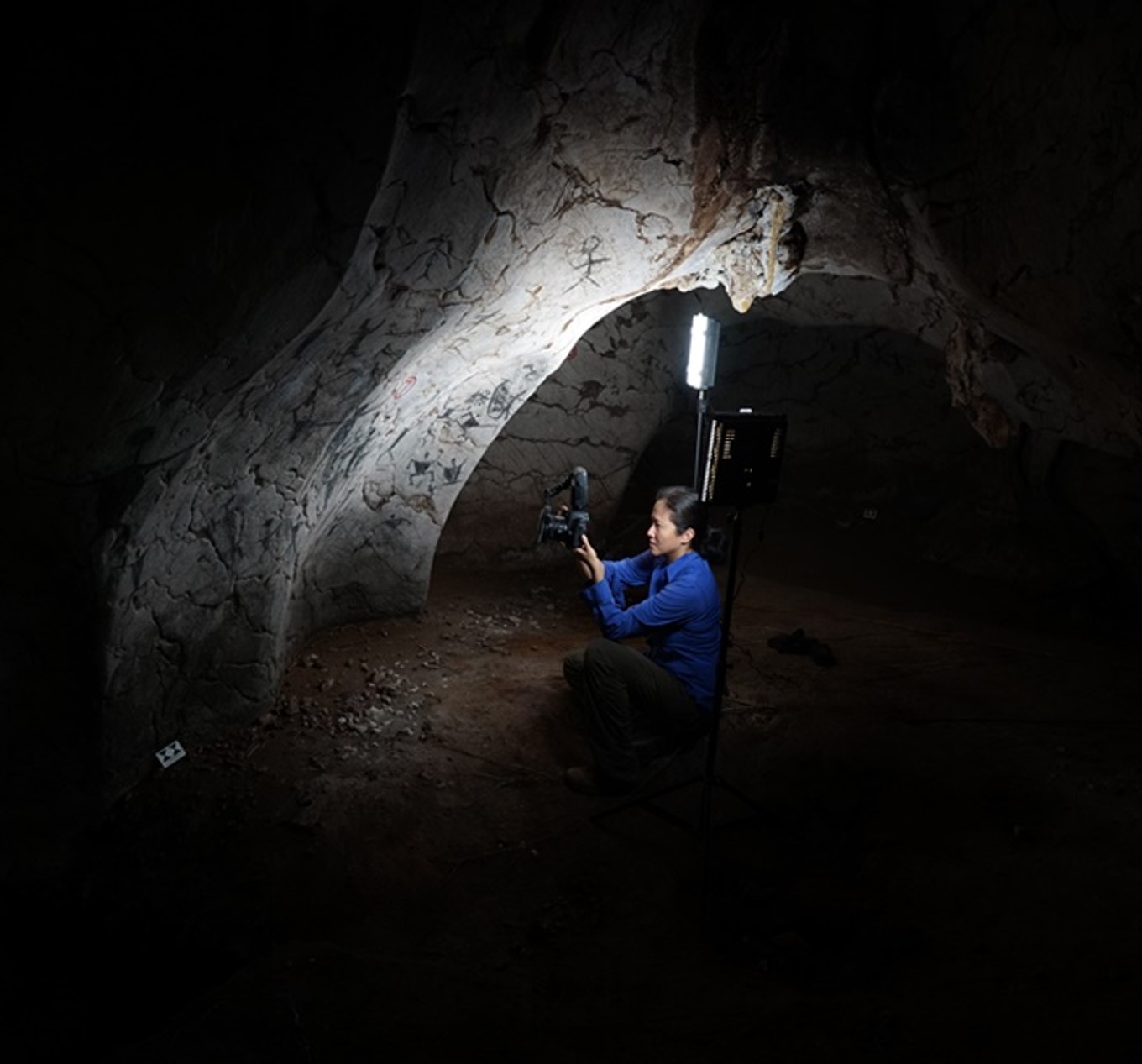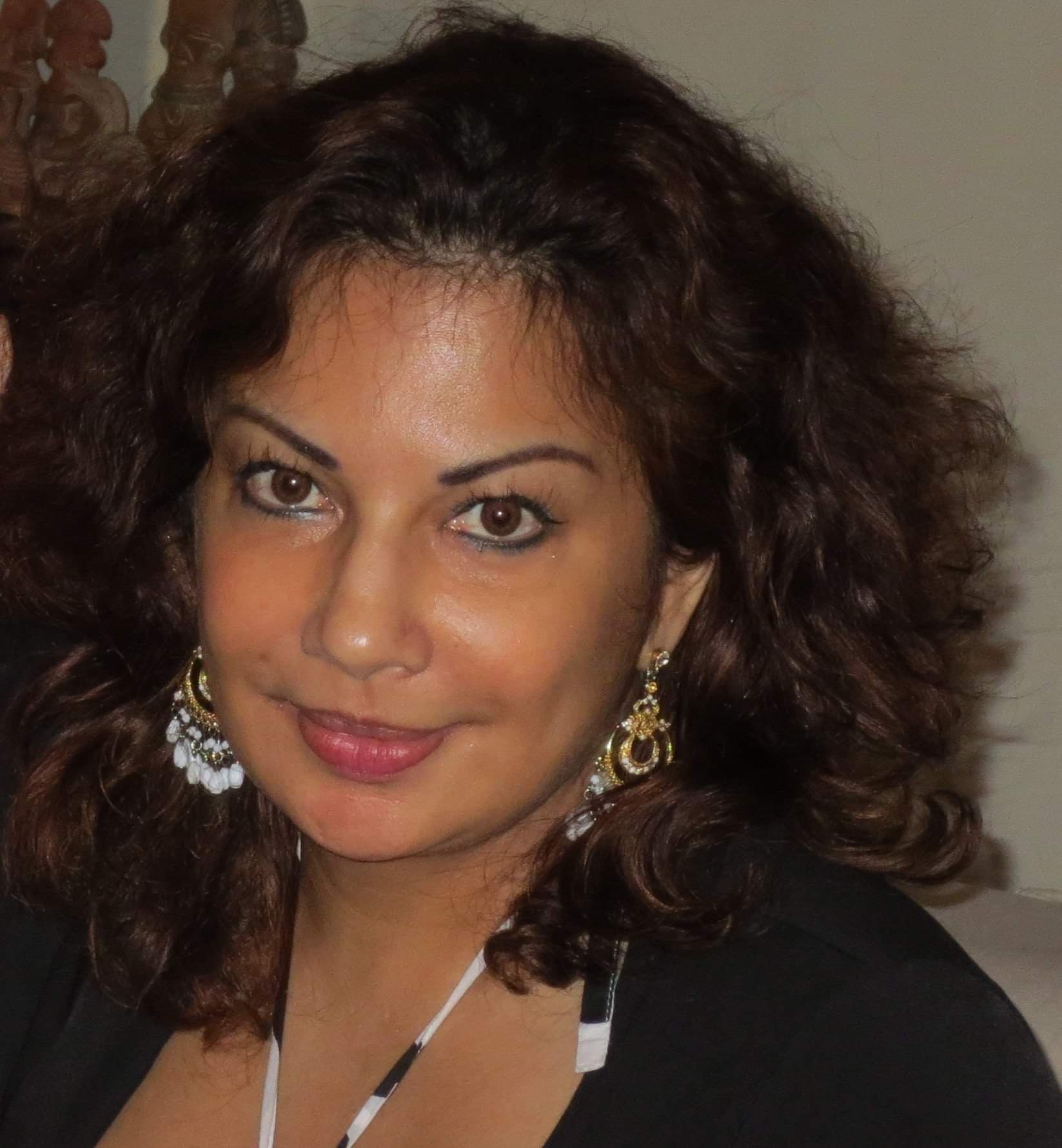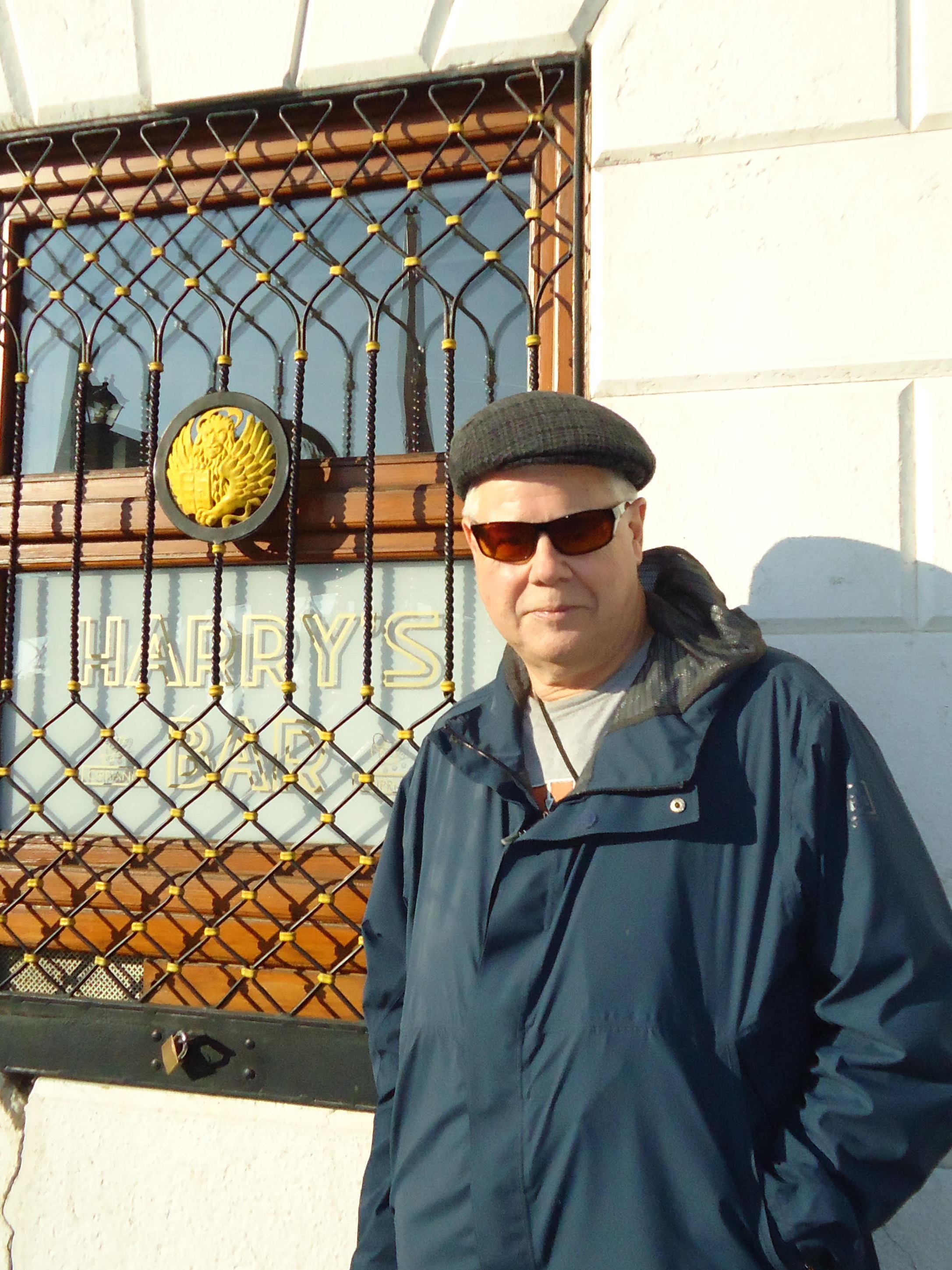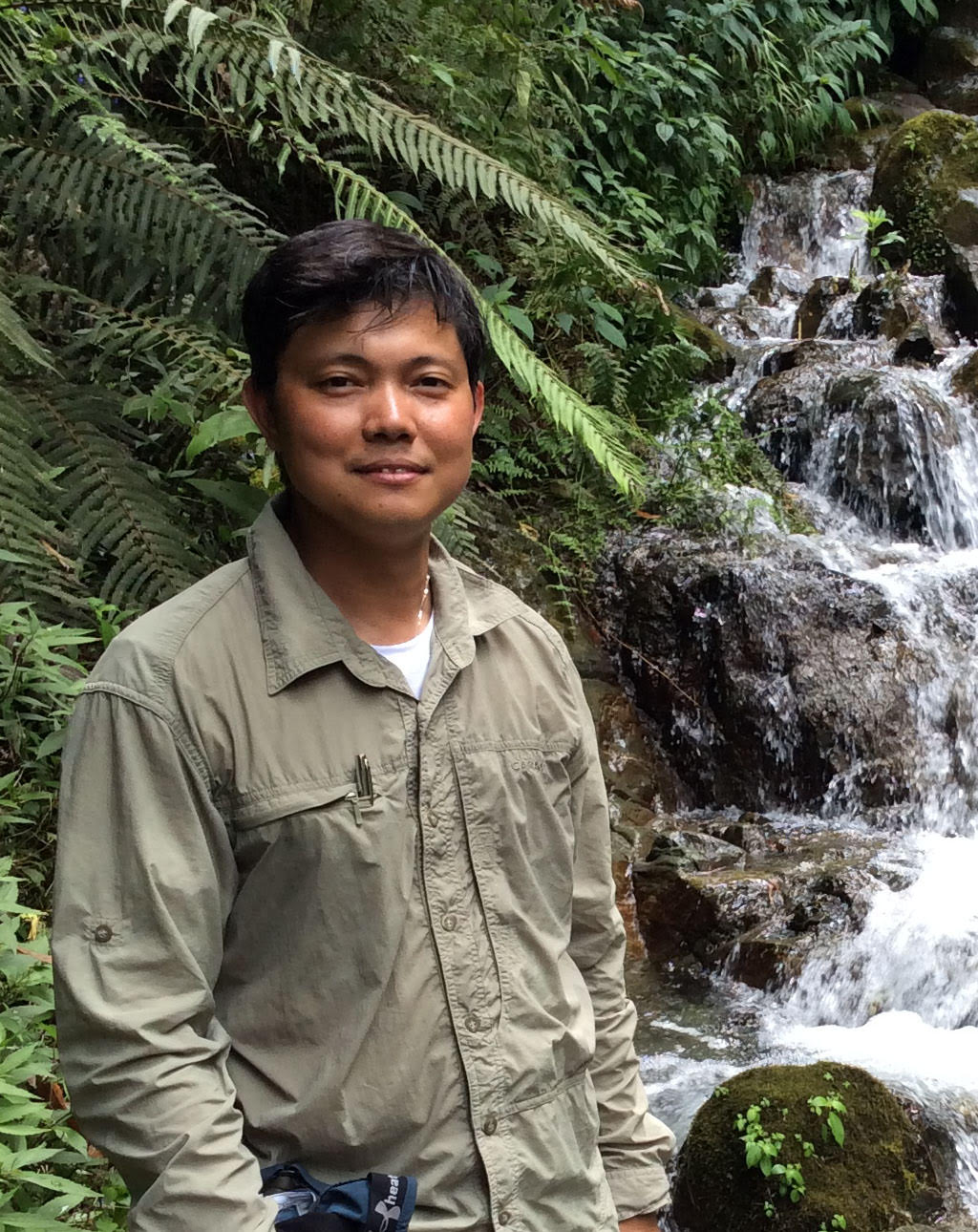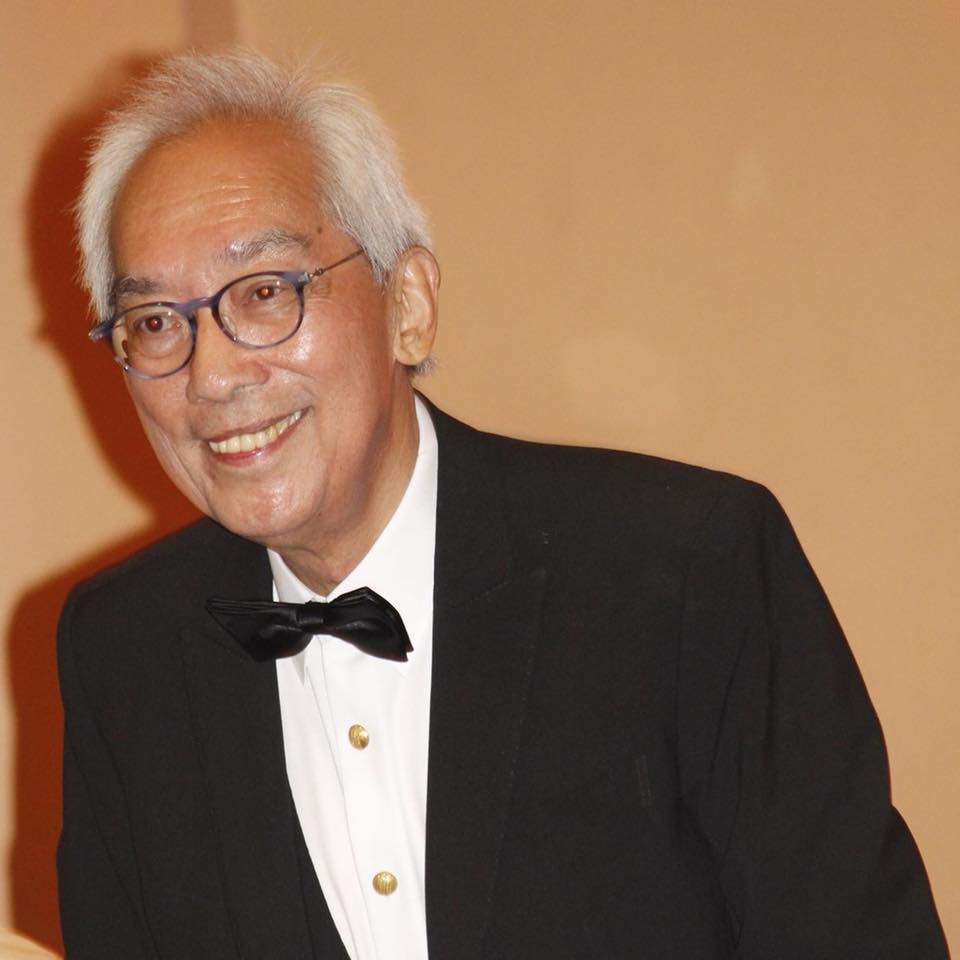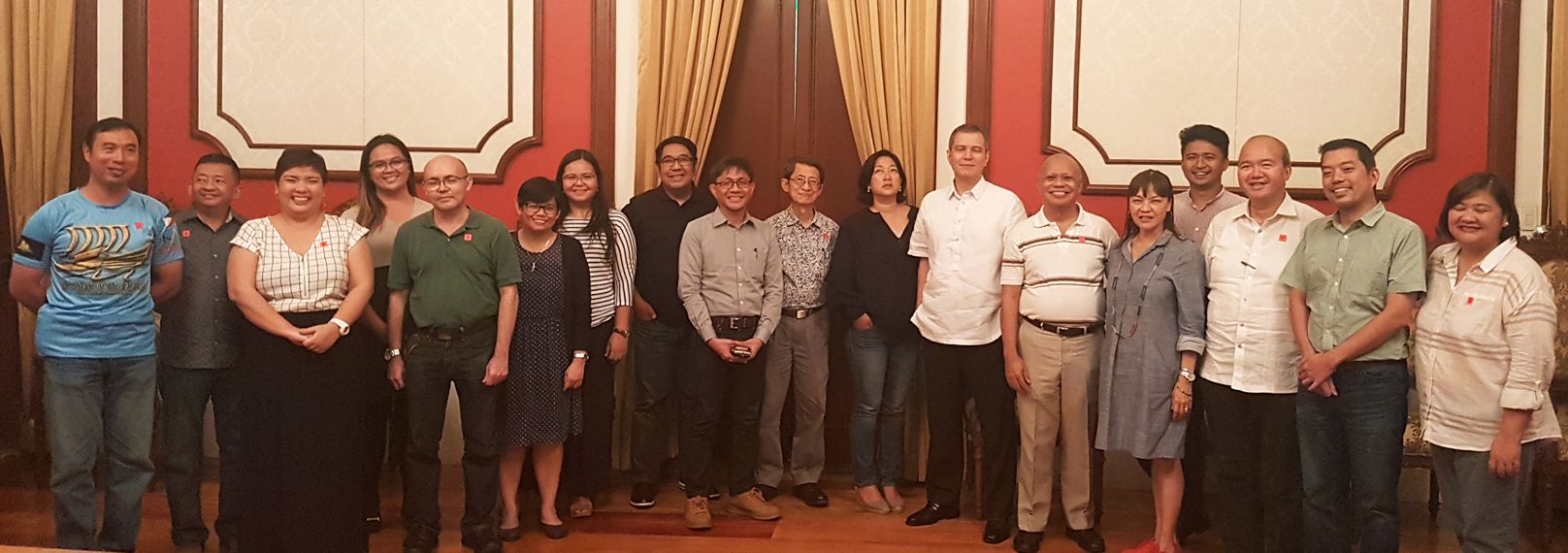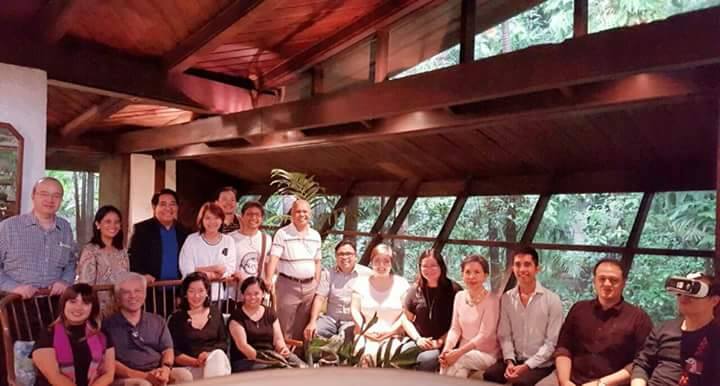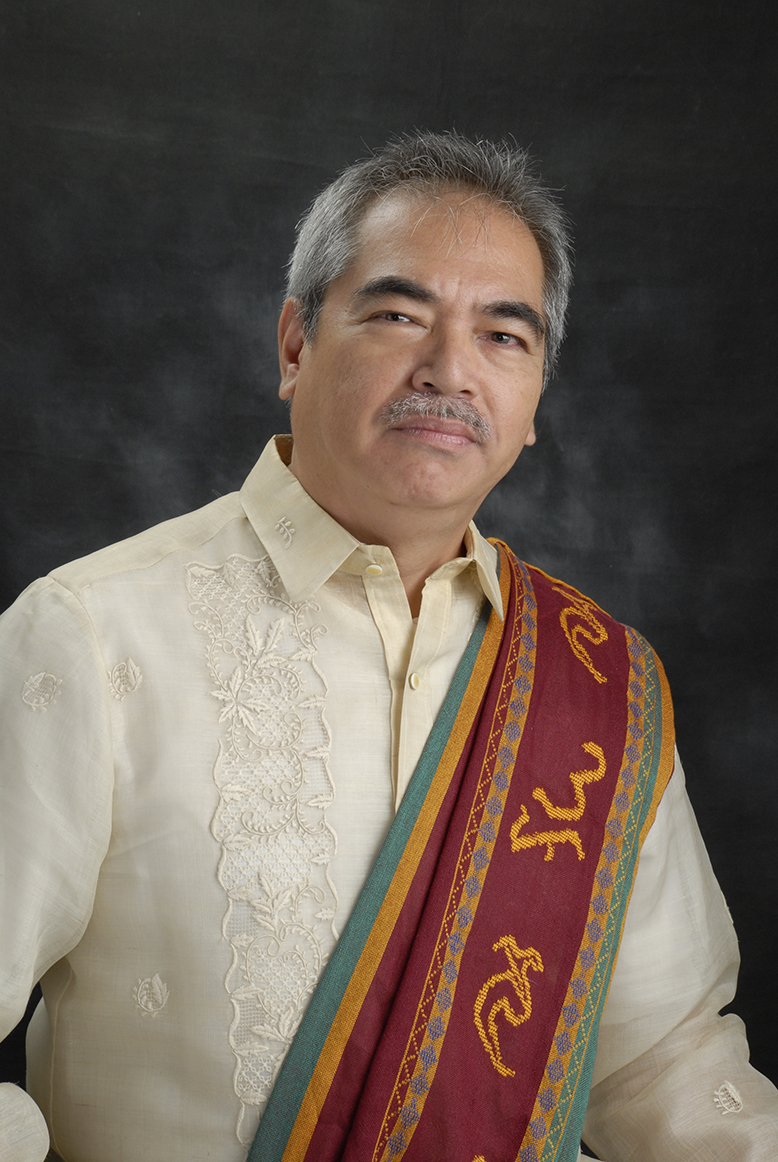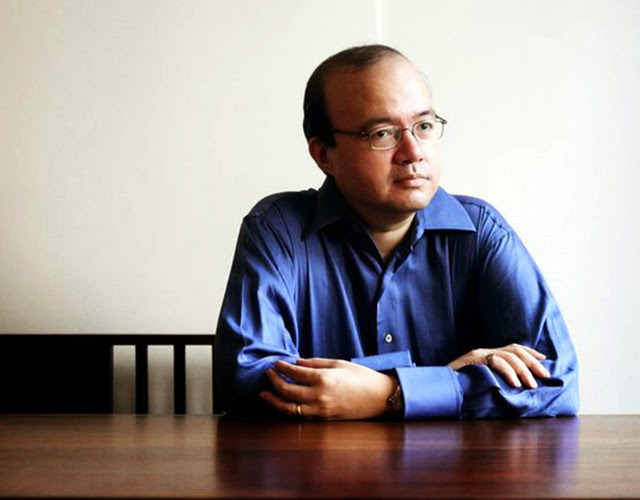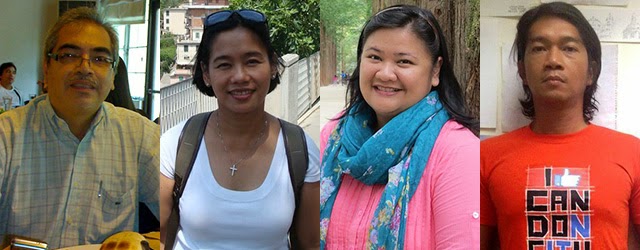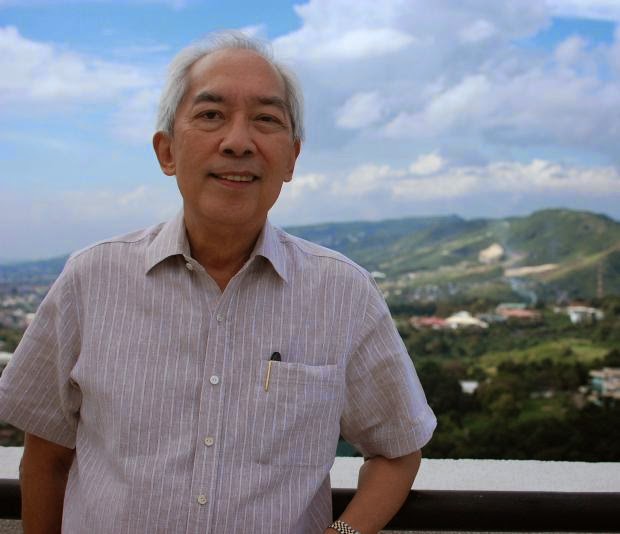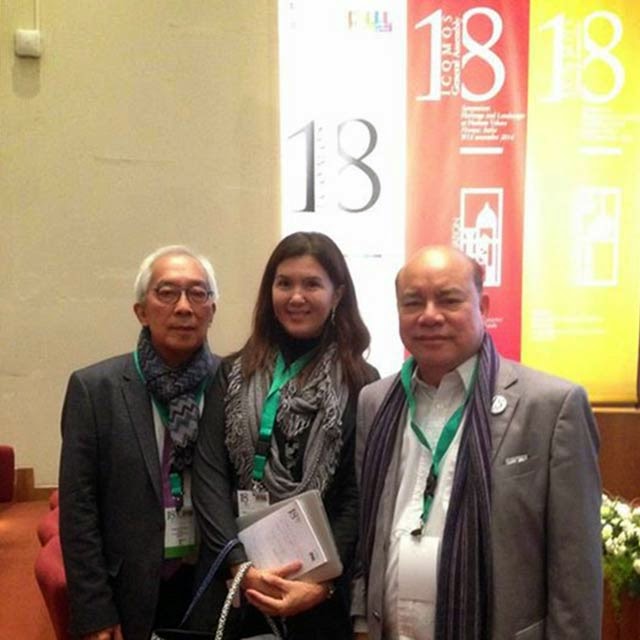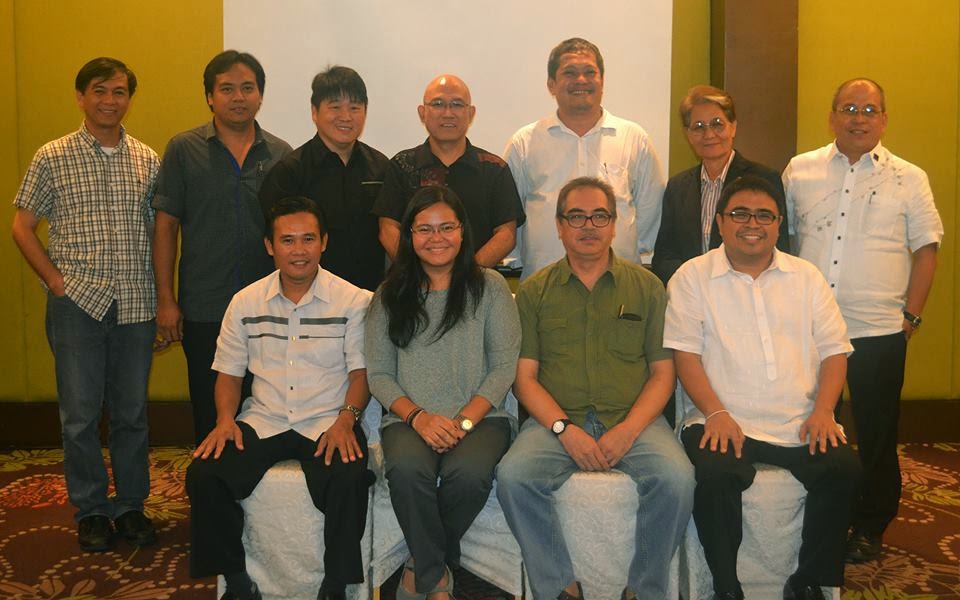ICOMOS Philippines is very pleased to welcome its new members for the year 2018! Get to know them as we share with you a brief of their profile and expertise.
Vicente L. Rafael
Dr. Vicente L. Rafael is the Giovanni and Anne Costigan Professor of History and Southeast Asian Studies at the University of Washington in Seattle. He obtained his BA from the Ateneo de Manila University and his MA and PhD at Cornell University. He is the author of several books and articles on the history and cultural politics of the Philippines, including “Contracting Colonialism: Translation and Christian Conversion in Tagalog Society Under Early Spanish Rule,” “White Love and Other Events in Filipino Histories,” “The Promise of the Foreign: Nationalism and the Technics of Translation in the Spanish Philippines,” and “Motherless Tongues: The Insurgency of Language Amid Wars of Translation,” all published by Duke University and co-published in the Philippines by Ateneo University Press.
He’s also edited “Discrepant
Histories” and “Figures of Criminality in Indonesia, the Philippines and
Colonial Vietnam”. Rafael also wrote the Introduction to a collection of Nick
Joaquin’s stories, “The Woman Who Had Two Navels and Tales of the Tropical Gothic”
recently published by Penguin Classics.
He has published numerous essays and articles in journals such as the Journal of Asian Studies, Positions: Asian Cultural Critique, Public Culture, Social Text, American Historical Review, Philippines Studies, Cultural Anthropology, American Literature and many others. He is a regular contributor to various newspapers and journals, including Rappler, The Philippine Daily Inquirer, Dissent, and Social Text and Public Culture, Comparative Studies in Society and History, Journal of Asian Studies, American Historical Review and many others.
Throughout the years, he has
received several awards, most notably The John Simon Guggenheim Fellowship, Post-doctoral
fellowships at Stanford, the Humanities Institute at the University of
California at Irvine, Princeton University, East-West Center, University of Hawai’I,
Social Science Research Council, the American Council of Learned Societies, among
others. He was also the recipient of two National Book Awards from the Manila Critics’
Circle for “Contracting Colonialism” and “White Love.”
Andrea Jalandoni
Dr. Andrea Jalandoni is a Digital Archaeologist specializing in rock art recording and enhancement using photogrammetry and other remote sensing techniques including laser scanning and unmanned aerial systems. She obtained her BA at Ateneo de Manila University, MA at the University of the Philippines – Diliman and her PhD at the Griffith University, Gold Coast, Australia where she is Research Fellow on an Australian Research Council Laureate Fellowship project ‘Australian rock art: history, conservation and Indigenous well-being.’
She received grants for the following projects: “Digital Archaeology and Dating: Innovative recoding methods and the first dated rock art in the Philippines” for 2019 – 2020 and currently working at present on “Guam Rock Art Study” under the Guam Preservation Trust. She has certifications on Remote Pilot at the Federal Aviation Administration, United States, and Advance Nitrox at the Technical Diving International.
She has projects in Australia, Southeast Asia, and Micronesia. Among her recent and notable projects are “How 3D models (photogrammetry) of rock art can improve recording veracity: a case study from Kakadu National Park, Australia”, “Inundation Exposure Assessment for Majuro Atoll, Republic of the Marshall Islands Using A High-Accuracy Digital Elevation Model”, “New Insights into the Rock Art of Anbangbang Gallery, Kakadu National Park”, “An Overview of Remote Sensing Deliverables for Rock Art Research”, “Optimizing the Potential of Research Data through an Integrated Data Management Approach: Considering Research Method, Data Life Cycle, Big Data and Linked Data in an Eresearch Example In Australian Rock Art”, and “A Systematic Quantitative Literature Review of Southeast Asian and Micronesian Rock Art”.
Andrea is also interested in Austronesian migration from Southeast Asia to Micronesia and archaeological sites of cultural identity.
